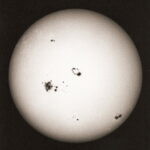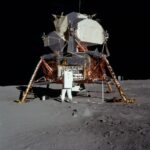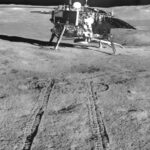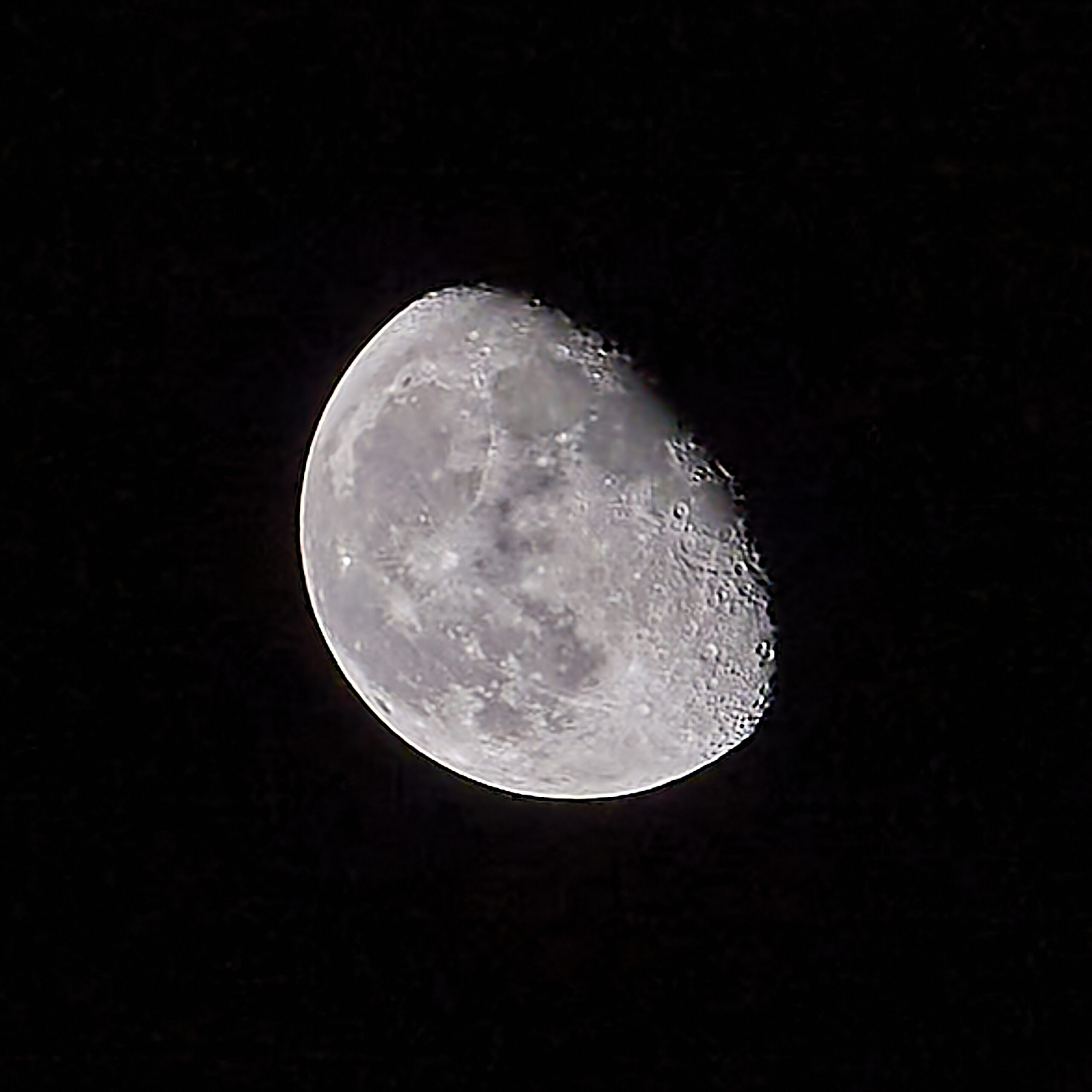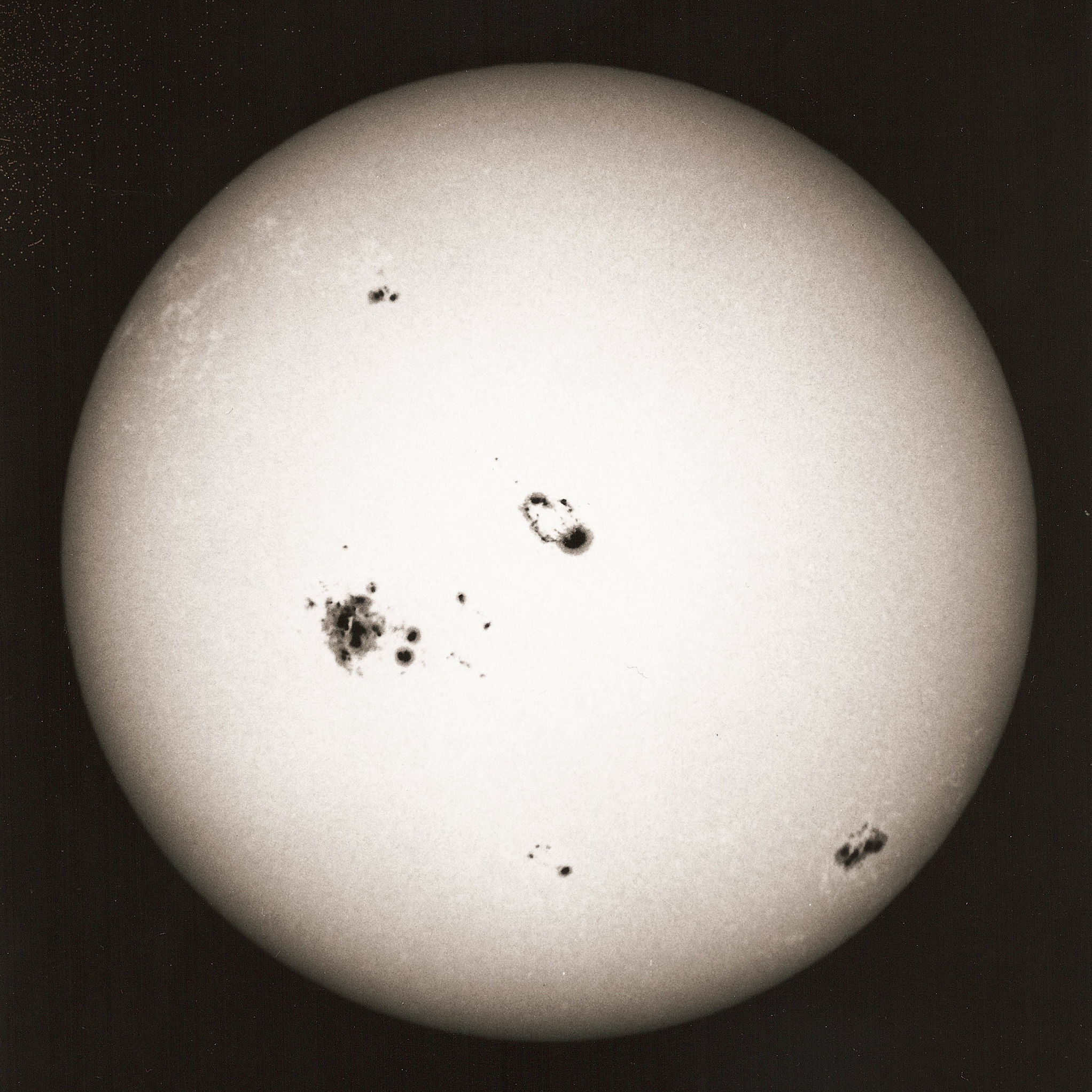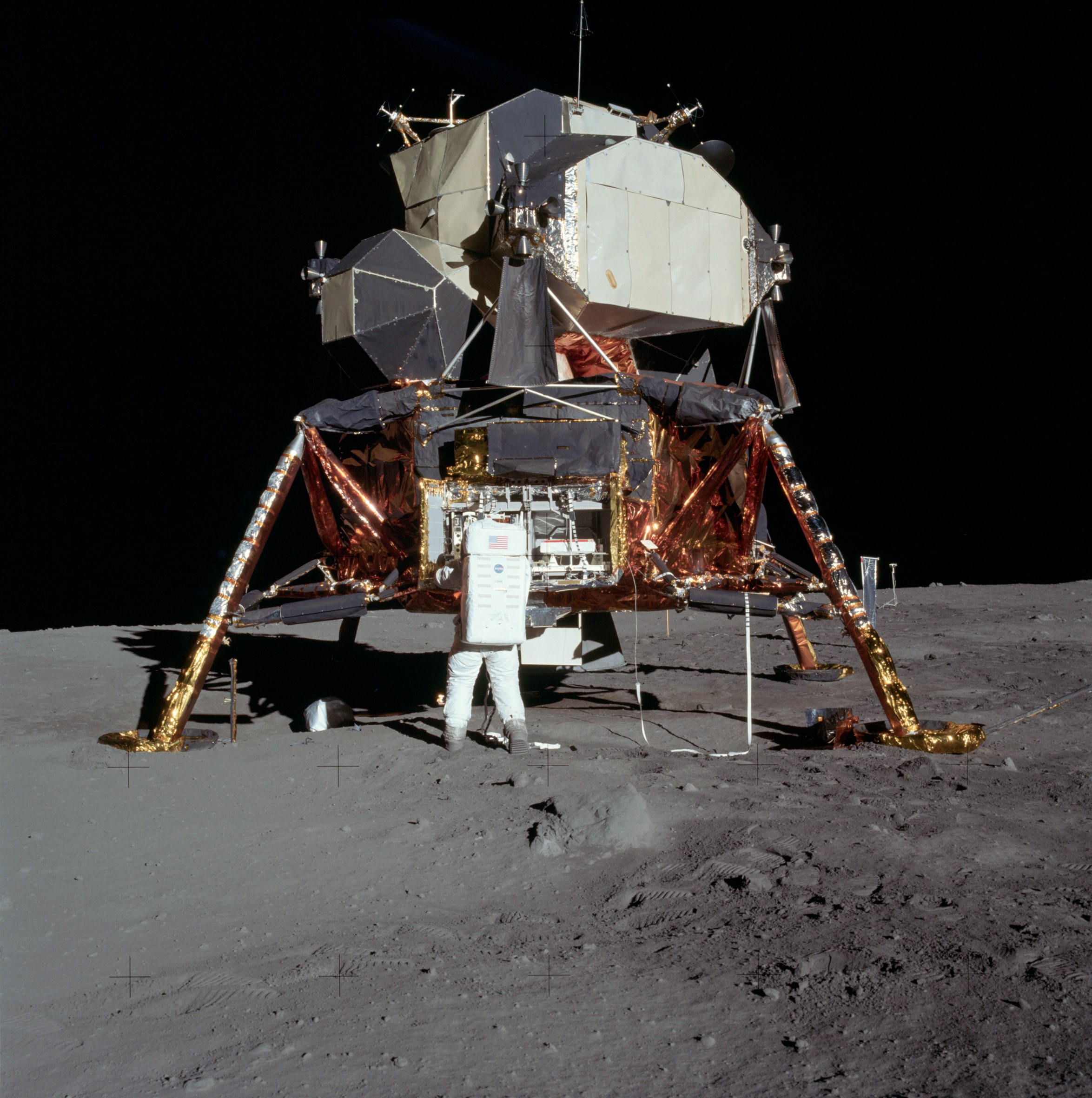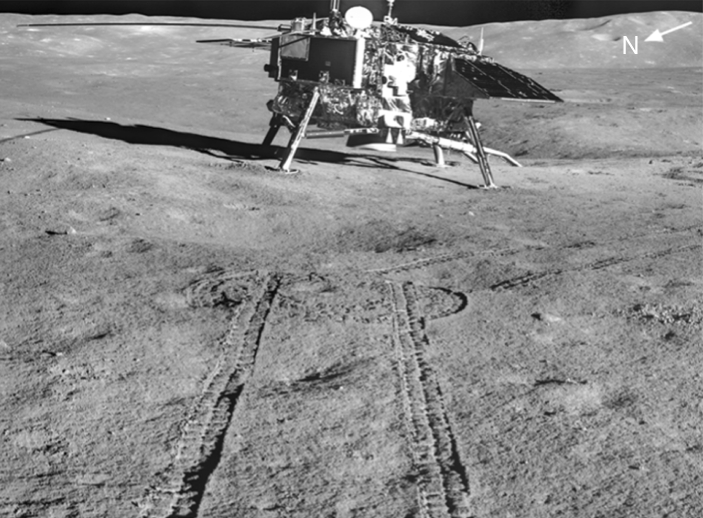The story of the Moon stretches back to the formation of Earth itself. Many theories have been proposed. Some have stood the test of time while others have fallen by the wayside. Here we explore five of the most recent theories.
Moon’s Origin.
Five theories have been put forward as to formation of the Moon. I shall discuss each of them here. All these theories have their followers and until we eventually return to the Moon on a permanent basis will we ever know which one is the correct one. Or another completely new theory will be put forward to explain how the Moon came into being.
Giant Planetoid Hypothesis
One theory, and the generally accept one, suggests that in Earths early period of formation, around 4.6 billion years ago, a planetoid called Theia, about the size of Mars, crashed into the early Earth. This collision threw up a lot of debris. A small amount of this debris either fell back to Earth or was lost into interplanetary space. The remainder fell into orbit around the Earth. This theory was put forward in the 1970’s and was based on the rocks brought back by the Apollo astronauts. In recent years two anomalies have been found under the African continent and the Pacific Ocean and scientist believe these could be the leftovers of the planetoid Theia.

Overtime the debris started to clump together eventually forming the Moon. At that time the Moon was much closer to the Earth than it is today. Due to its size in relation to the Earth, the Moon has a diameter of 3476km. The Earth and the Moon are sometimes considered as a double planet.
Smaller Impacts Theory
This theory, similar to the large impact theory, suggests that the Earth was hit by large asteroids in during its cooling period, about 4.2 billion years ago. The theory states that debris thrown up by these impacts formed debris that formed around the Earth. This debris formed moonlets. These moonlets then merged to form the Moon. The problem with this theory is that not enough debris could be thrown up from the Earth to form the Moon
Capture Theory
This was a commonly accepted theory during the late 19th and early 20th centuries. The theory postulates that the Earth and Moon formed at the same time in the proto disc. While this is possible as there were far more planetoids around then that capturing, and keeping, a moon as large as ours. Due to the sizes of the Earth and Moon this would not be possible. Also, the rocks brought back by the Apollo astronauts show that the Earth and Moon have similar makeup showing the Earth and Moon must have had a common beginning.
Fission Theory
This theory states that due to the Earth’s fast rotation at the beginning whilst forming, material was thrown off into space accreting into moonlets, eventually forming the the Moon. This theory was eventually discarded when the calculation for the Earths spin at the time of its formation was not found to be strong enough to throw off material to form the Moon.
Co-accretion Theory
This theory states that the Earth and Moon were formed at the same time in the proto disc very close to one another, the Moon eventually being captured by the Earth. But the rocks brought back by the Apollo astronauts showed that the amount of Iron in the Moon was only 1% compared to the Earth’s 35%. If the Earth and Moon formed at the same time then their Iron composite would be similar. Also the observed angular momentum does not agree with such a theory.
Conclusion
I feel that we will only have a truer understanding of the Moon’s formation when we eventually return to the Moon and set up bases where scientists can carry out more detailed research. Until that time we can just look up and see our near neighbour shinning down sh
